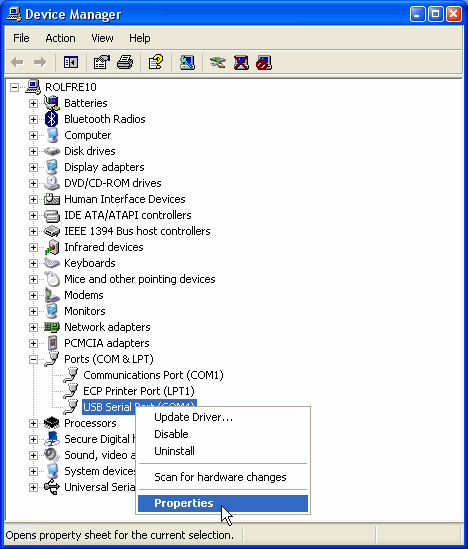A single person did not create the Internet that we know and use today. Below is a listing of several different people who've helped contribute and develop the Internet.
The idea:
The initial idea is credited as being
Leonard Kleinrock's after he published his first paper entitled "Information Flow in Large Communication Nets" on May 31, 1961.
In 1962 J.C.R. Licklider becomes the first Director of IPTO and gave his vision of a galactic network. In addition to the ideas from Licklider and Kleinrock, Robert Taylor helped create the idea of the network, which later became ARPANET.
Initial creation:
The Internet as we know it today first started being developed in the late 1960's.
In the summer of 1968, the Network Working Group (NWG) held its first meeting chaired by Elmer Shapiro with the Stanford Research Institute (SRI) with attendees: Steve Carr, Steve Crocker, Jeff Rulifson, and Ron Stoughton. In the meeting the group discussed solving issues related to getting hosts to communicate with each other.
In December 1968,
Elmer Shapiro with SRI released a report "A Study of Computer Network
Design Parameters." Based on this work and earlier work done by Paul Baran, Thomas Marill and others; Lawrence Roberts and Barry Wessler helped to create the final version of the Interface Message Processor (IMP) specifications. Bolt Beranek and Newman, Inc. (BBN) was later awarded the contract to design and build the IMP sub network.









